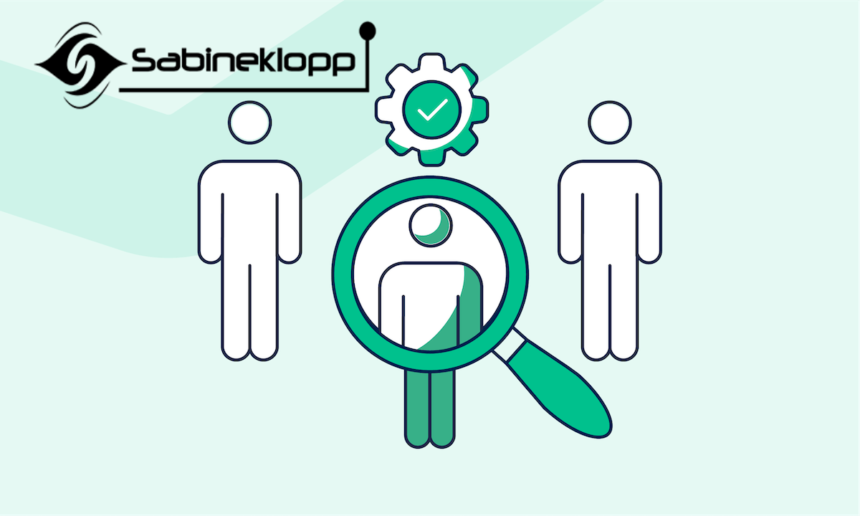Enhanced Due Diligence (EDD) is a critical component of anti-money laundering (AML) compliance, particularly in complex transactions such as mergers and acquisitions (M&A). In 2020, the key focus areas for effective due diligence in M&A were validating assumptions underlying the target’s forecasts and assessing the quality of earnings and operating cash flow. However, only 3% of respondents in Romania regarded sustainability due diligence as vital for a successful M&A transaction that highlighted a gap in broader risk considerations. By applying EDD, organizations address these complexities comprehensively to ensure effective AML compliance through in-depth analysis and proactive risk management.
What is Enhanced Due Diligence (EDD)?
Enhanced due diligence is a progressive protocol that is utilized for risk evaluation, which includes the collection and examination of credentials of high-risk consumers or enterprise associations to detect and combat potential financial illegalities such as terror funding and money laundering.
Enhanced due diligence for enterprises means the integration of the set of additional regulations that are created to impede and scrutinize high-risk entities and their high volume financial conductions. According to the given circumstances of the increased threats that are relevant to the consumers and financial conductions, they may experience strict rules and monitoring protocols to regulate compliance measures within the financial institutions. The enhanced due diligence checklist consists of three diverse protocols, which are given below for better comprehension:
- The collection of consumer credentials, such as their name, DOB, and address details.
- Detecting the consumer’s beneficial owner.
- Determining the objective and the deliberate nature of the enterprise relationships and many more.
Comparing Customer Due Diligence and Enhanced Due Diligence: Key Distinctions
Customer due diligence sets out the foundation for risk evaluation meanwhile, enhanced due diligence develops it by integrating remaining measures to accomplish a more detailed comprehension of high-risk entities. The major differentiation between CDD and EDD depends on their range of utilization. CDD is an alternate protocol that all consumers employ, while enhanced due diligence monitoring is particularly reserved for high-risk consumers who guarantee more inspection.
Supervised bodies are required to possess a comprehensive understanding of their business relationships. Consequently, organizations aiming to meet Customer Due Diligence (CDD) and Enhanced Due Diligence (EDD) obligations undertake Know Your Customer (KYC) checks. KYC processes include CDD, which includes customer identity verification and ongoing monitoring. It is also essential to note that EDD serves as a specific element within the broader scope of CDD.
Data Collection Protocols for High-Risk Customers Under EDD
Enhanced due diligence AML process orders enterprises to gather valuable credentials about high-risk customers. These credentials involve the following:
- For industrial customers, enhanced due diligence involves obtaining detailed credentials about their proprietary framework, major shareholders, and non-commercial processes.
- It examines customers who eventually possess or check the customer’s individualities to combat threats that are associated with hidden ownership.
- Enhanced due diligence elucidates the authentic source of a consumer’s affluence, which regulates how they are liberated from illegalities.
- Integrating more advanced identity authentication protocols and counting validation protocols such as liveness detection and address authentication.
- Analyzing diverse factors that involve geographical situations, industries, transaction patterns, and previous legislative activities.
Top 5 FATF-Recommended EDD Practices for High-Risk Customer Management
There are following EDD practices that are recommended by FATF which are given below for better comprehension:
- Gather supplementary identifying details by consulting a broad spectrum of trusted sources to enrich customer profiles.
- Perform extended searches to add further layers of insight and thoroughness to the investigation.
- Confirm the origin of funds to ensure they do not stem from illicit activities.
- Request additional context from the customer on the intended business relationship’s purpose and scope.
- Generate an intelligence report on the customer or beneficial owner for a comprehensive review.
The Bottom Line
FATF (Financial Action Task Force) advocates mandated persons to integrate customer due diligence demands into their anti-money laundering practices, which are specified in the FATF recommendations. FATF indicates that enhanced due diligence measures should be employed in enterprise relationships and financial conductions with legal individuals and financial departments. Moreover, as per the FATF, enterprises must integrate KYC and all customer due diligence approaches.









